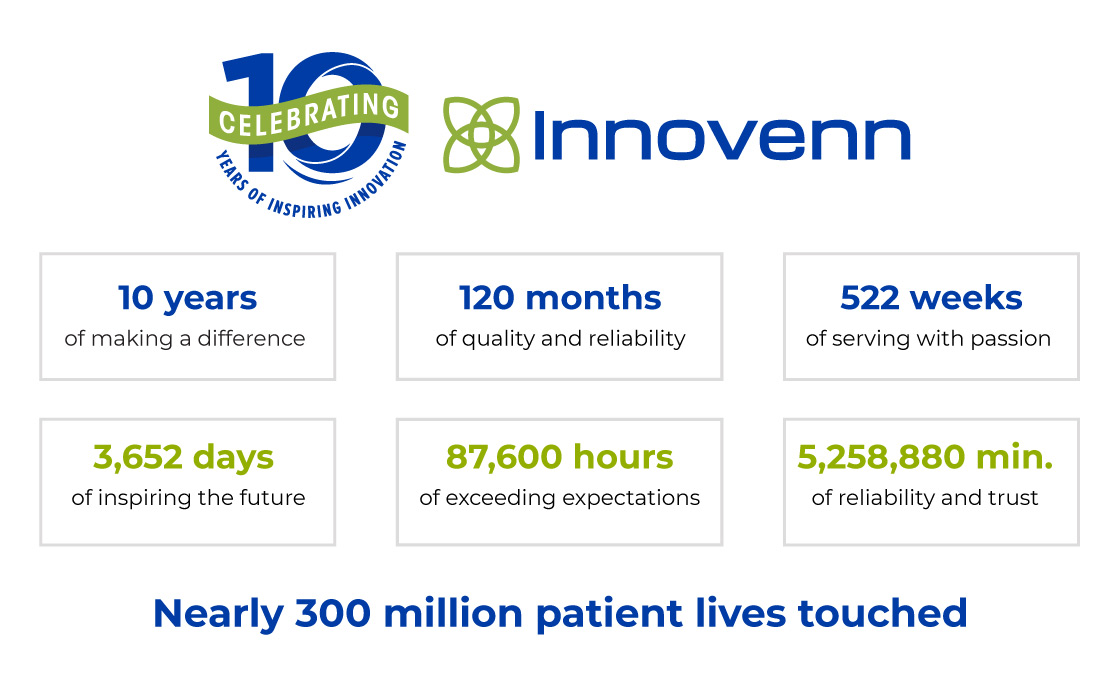What is 510(k)?
A 510(k) is a premarket submission required by the Food and Drug Administration (FDA) for certain Class I, II, and Class III medical devices (for which a Premarket Approval application (PMA) is not required) before the medical device can be marketed in the United States. The process is named after the section of the Food, Drug and Cosmetic Act that describes it (21 U.S.C. § 360(k)) and it is also known as “Premarket Notification” or “PMN”. The process is intended to provide reasonable assurance of safety and effectiveness.
The 510(k) process requires the medical device manufacturer to submit a premarket notification (510(k)) to the FDA, demonstrating that the device to be marketed is at least as safe and effective, that is, substantially equivalent, to a legally marketed device (predicate device). The 510(k) must demonstrate that the device to be marketed has the same intended use and the same technological characteristics as the predicate device or has different technological characteristics but demonstrates that the device is as safe and effective as the legally marketed device.
A 510(k) is required when a new medical device, never cleared before, is intended to be introduced into the market, or a change is made to a legally marketed medical device that could significantly affect its safety or effectiveness.



